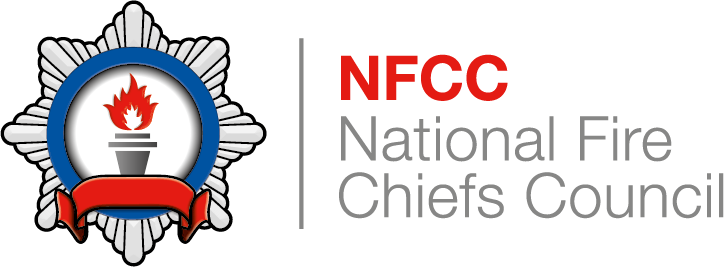Glossary
| Name | Acronym | Description |
|---|---|---|
| Cold water shock | This refers to a range of natural reactions that the body takes to protect someone when they enter cold water, although these reactions can sometimes work against the person. |
|
| Common operating picture | COP | This has been defined as a common overview of an incident that is created by assessing and fusing information from multiple sources, and is shared between appropriate command, control and co-ordinating groups to support joint decision-making. It should be a continuously evolving but common point of reference. |
| Community risk register | CRR | A register communicating the assessment of risks within a Local Resilience Area which is developed and published as a basis for informing local communities and directing civil protection workstreams. |
| Composite materials | A wide range of materials that use the inherent strength and durability of woven fibres bonded together with resins. This includes machine made mineral fibres (MMMF). |
|
| Compressed gas | A compressed gas is a substance that is a gas at normal room temperature and pressure, and is contained under pressure, usually in a cylinder. |
|
| Concept of operations | ConOps | Commonly used for National Resilience capabilities. A high level description of how a defined system will operate to achieve defined strategic objectives. ConOps will establish the higher-level framework within which more specific, operational-level plans, protocols and procedures will be developed and implemented. |
| Conoid | A conoid is a special kind of warped ruled surface which can be used to form a curved shell roof. The basic principle is that one edge of the shell is curved while the opposite edge is kept straight. |
|
| Consortium | A pre-agreed partnership between two or more fire and rescue services. The partner controls will have a suitably linked mobilising and communications system, allowing one partner to directly manage incidents on behalf of the others. |
|
| Contamination meter | An instrument used to detect contamination by radioactive particles. Usually measured in counts per second. |
|
| Contemporaneous | Existing, occurring or originating during the same time. In the context of contemporaneous notes, they are made at the time of, or as soon as possible after, an incident. |
|
| Control line | Control lines are constructed or natural barriers, including treated fire edges, which are used to control a fire. They can be constructed manually, mechanically or by applying water or retardants. |
|
| Control of Substances Hazardous to Health | COSHH | The regulations requiring employers to adequately control exposure to materials in the workplace that cause ill health. |
| Control unit | A vehicle equipped as a mobile control and communication room for use by incident commanders or the command support function at large incidents. |
|
| Convection column | A rising column of products of combustion. |
|
| Critical contact number | Fire and rescue services provide the call handling agent with a 24-hour critical contact number. This number is only to be used by the call handling agent if they experience difficulties in connecting calls to a fire control. This number is not to be used for sharing of information with other fire and rescue services. |
|
| Critical infrastructure | Critical infrastructure is a broad term used to describe Critical National Infrastructure (CNI) and other infrastructure of national significance, as well as infrastructure and assets of local significance. |
|
| Critical National Infrastructure | CNI | National Infrastructure are those facilities, systems, sites, information, people, networks and processes, necessary for a country to function and upon which daily life depends. It also includes some functions, sites and organisations which are not critical to the maintenance of essential services, but which need protection due to the potential danger to the public (civil nuclear and chemical sites for example). |
| Dead fuels | Fuels with no living tissue. The moisture content of dead fuels is mostly controlled by external weather conditions, such as relative humidity, precipitation, temperature, and solar radiation. |
|
| Definitive care | When casualties or patients receive specialist medical or hospital care |
|
| Detonation | Combustion of a substance which is initiated suddenly and propagates extremely rapidly, giving rise to a shock wave |
|
| Disaster victim identification | DVI | The police process of gathering evidence relating to bodies or body parts, and determining the cause of death resulting from an emergency or disaster, in order to identify the deceased |
| Disembarkation | Leaving a mode of transport, especially a vessel |
|
| Distribution network operators | DNOs | Companies that own and operate the distribution network of towers and cables that deliver electricity from the national transmission network to homes and businesses. They do not sell electricity to consumers. |
| Dosimeter | A device used to measure an absorbed dose of ionising radiation |
|
| Downslope | At or towards a lower point on a slope |
